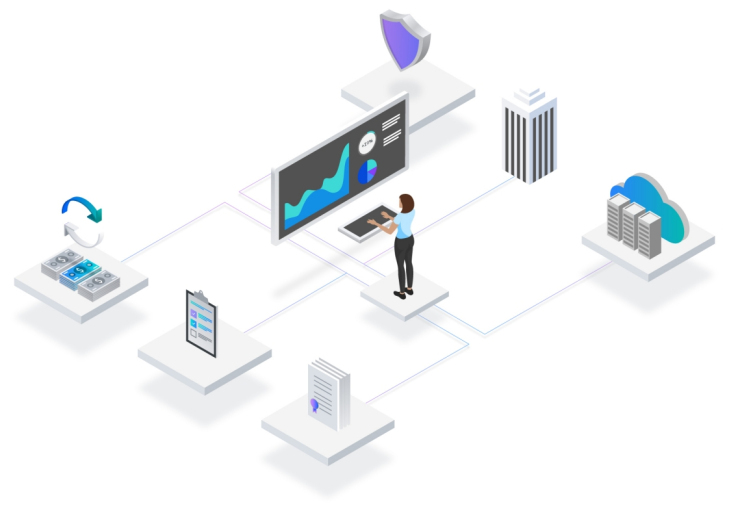Wi-Fi Device Integration into loT Via Centralized Control
In the era of the Internet of Things (IoT), the ability to connect and manage various devices over the internet is paramount. Many of our everyday devices are already Wi-Fi connected, such as smart thermostats, light bulbs, and security cameras. However, transforming these smart devices into full-fledged IoT devices with centralized control provides a new level of efficiency and convenience.

Understanding the Concept
To convert Wi-Fi connected devices into IoT devices, we need to employ a centralized controller. The centralized controller serves as the heart of the IoT system, enabling communication and coordination among devices and users. Here's how it works:
- Device Integration: Start by identifying the Wi-Fi connected devices you want to integrate into the IoT ecosystem. These devices should be capable of connecting to a local network.
- Centralized Controller: Implement a centralized controller, typically in the form of software or a dedicated hardware device. The centralized controller acts as the brain of the IoT system, connecting to all integrated devices.
- Protocol Compatibility: Ensure that the controller and the connected devices are compatible in terms of communication protocols. Wi-Fi connected devices often use standard protocols like MQTT, CoAP, or HTTP to communicate with the controller.
- Data Exchange: Devices send data and receive commands from the centralized controller. The controller collects data from these devices and makes it available for analysis or control, thus enhancing the decision-making capabilities of the IoT system.
- User Interface: Develop a user-friendly interface, such as a mobile app or web portal, that allows users to interact with and control the integrated devices. Users can remotely monitor device status, set preferences, and receive notifications.
Benefits of Centralized Control
Converting Wi-Fi connected devices into IoT devices with centralized control offers several advantages:
-
Seamless Integration: Centralized control simplifies the integration of multiple devices, creating a unified ecosystem.
- Efficient Management: Users can efficiently manage and control all connected devices from a single interface, reducing complexity.
- Automation: Automation and smart decision-making are enabled through data aggregation and analysis by the centralized controller.
- Scalability: It's easy to add new devices to the IoT ecosystem as the need arises, providing scalability and flexibility.
- Enhanced Security: Centralized control allows for robust security measures, including user authentication and encryption, to protect the IoT system.
- Remote Access: Users can access and control devices remotely, providing convenience and peace of mind.
Use Cases
The concept of converting Wi-Fi connected devices into IoT with a centralized controller has applications across various domains:
- Smart Homes: Control and monitor smart home devices like thermostats, lights, and security cameras from a single app.
- Industrial IoT (IIoT): Manage and optimize industrial machines, sensors, and equipment in manufacturing settings.
- Agriculture: Monitor and control irrigation systems, soil conditions, and livestock feeders on farms.
- Healthcare: Collect and analyze patient data from medical devices in real-time, enhancing healthcare services.
- Smart Cities: Implement intelligent solutions for traffic management, waste disposal, and energy consumption.
Conclusion
In conclusion, converting Wi-Fi connected devices into IoT with a centralized controller revolutionizes the way we interact with and manage our surroundings. It brings efficiency, automation, and convenience to various aspects of our lives, paving the way for a more interconnected and smarter world.
Start Your Free Trial Now
Try NetsysAI for free with no commitments. No credit card required.
NetsysAI Pvt Ltd
Registered Office:
Fairway Business park
survey no 10/1 11/12 and 12/2B of Challaghatta Village Next to 'Embassy Golf Links' in Domlur Banglore
Karnataka 560 001 India,
+91 8192 407682
Email: support@networkai.net
Company
Solutions
Products